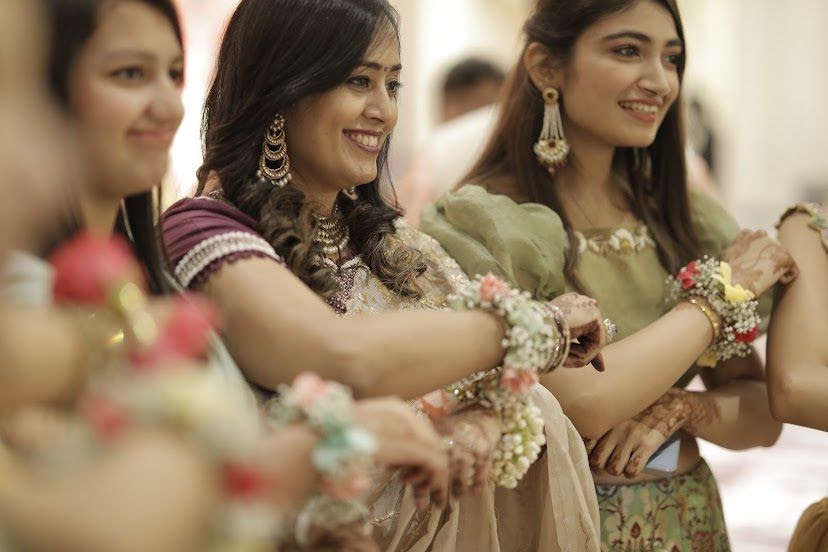Teej is a festival that is celebrated most commonly in the northern parts of India and is not one, but actually a collection of three different celebrations. Teej puja is normally a celebration for women, where they pray to Lord Shiva and Devi Parvati and rejoice their union. It is believed that unmarried girls keep this fast to attain a husband like Shiva and married women pray to Goddess Parvati that their married life be as blessed as the holy one. The festival is also meant as a welcome to the monsoon season, as a good monsoon will ensure good harvest.
Teej technically refers to the third day of the month, after the new moon, and the third day of the month, after the full moon of every month, as per the lunar calendar. The festival holds great significance in the Hindu culture and is celebrated with immense joy and enthusiasm.
Why is Teej Celebrated?
Teej is celebrated for various reasons. Firstly, it is a festival dedicated to the union of Lord Shiva and Devi Parvati. It is believed that by observing the Teej fast and performing the puja rituals, women can seek the blessings of Lord Shiva and Devi Parvati for a happy and prosperous married life. Unmarried girls also observe the fast with the hope of finding a husband like Lord Shiva.
Secondly, Teej is celebrated as a welcome to the monsoon season. In India, monsoon is a crucial time for agriculture as it brings the much-needed rainfall for the crops. The festival is a way to express gratitude for the arrival of the monsoon and to pray for a good harvest.
How is Teej Celebrated?
Teej is celebrated with great enthusiasm and traditional rituals. Women dress up in vibrant traditional attire, usually in shades of red and green, and adorn themselves with jewelry. They observe a strict fast, abstaining from food and water for the entire day. The fast is broken only after sighting the moon in the evening.
During the day, women gather to perform the Teej puja. They offer prayers to Lord Shiva and Devi Parvati, seeking their blessings for a blissful married life. The puja involves chanting of mantras, offering flowers, fruits, and sweets to the deities, and performing aarti.
After the puja, women engage in various cultural activities and games. They sing traditional Teej songs, dance, and enjoy swings decorated with flowers. The atmosphere is filled with joy, laughter, and camaraderie.
Significance of Teej
Teej holds immense significance in the Hindu culture. It symbolizes the love and devotion between Lord Shiva and Devi Parvati. It also represents the importance of monsoon for agricultural prosperity. The festival brings women together, strengthening the bond of sisterhood and celebrating womanhood.
Through the celebration of Teej, women express their gratitude, seek blessings, and pray for the well-being of their families. It is a time of joy, reflection, and spiritual connection.
In conclusion, Teej is a festival that celebrates the union of Lord Shiva and Devi Parvati, welcomes the monsoon season, and holds great cultural significance. It is a time for women to come together, observe fasts, perform puja rituals, and celebrate with joy and enthusiasm. Teej is a beautiful festival that showcases the rich traditions and values of the Indian culture.


